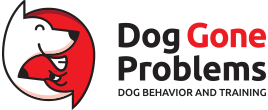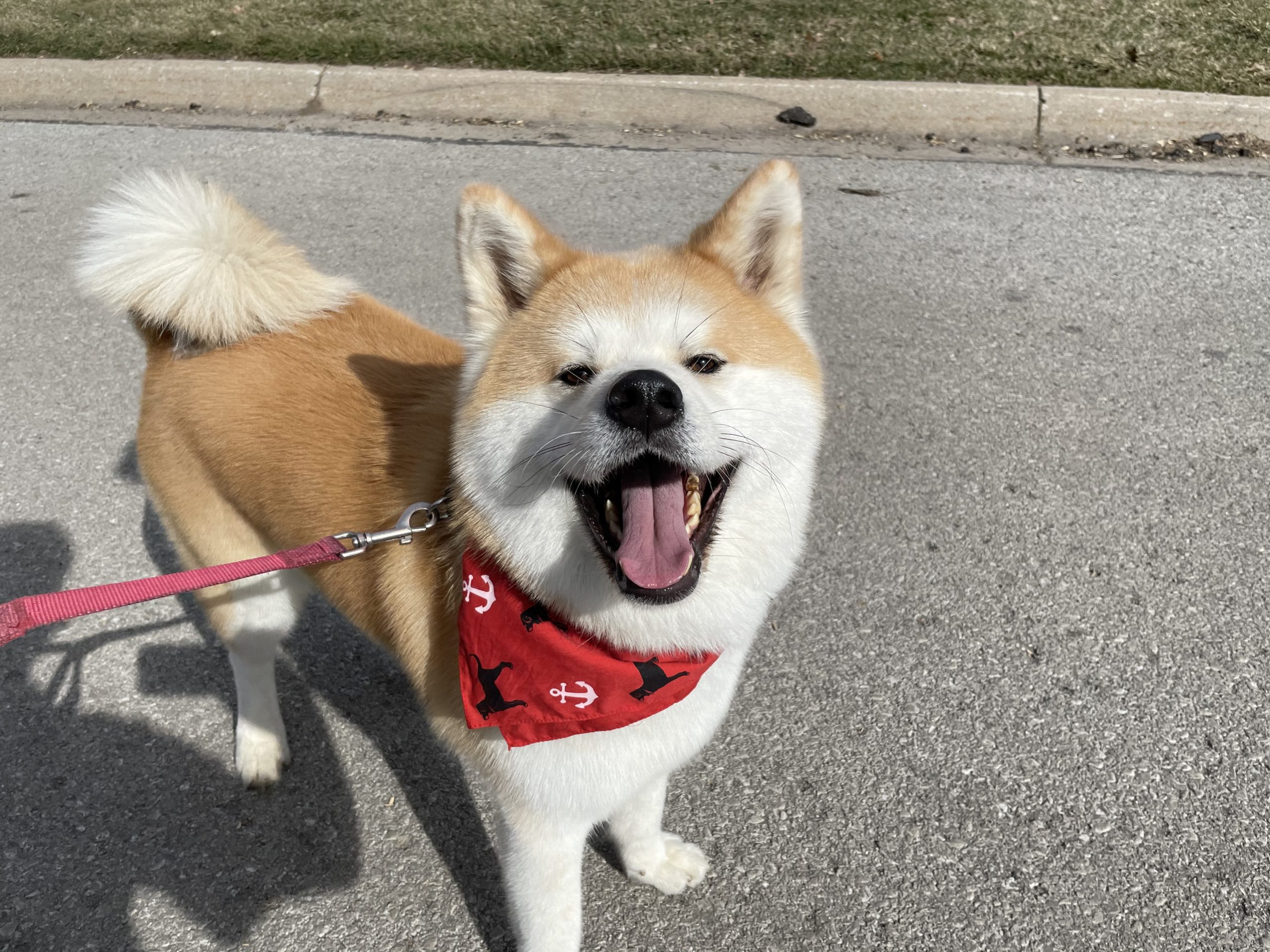A Game to Help An Akita Stop Acting Aggressive When He Sees Other Dogs
By: David Codr
Published Date: March 24, 2021
For this Omaha dog training session we shared some tips to stop 3 year old Akita Senshi from reacting to the sight of dogs.
When a dog barks and lunges when its sees other dogs its usually trying to get the other dog to move away. The problem with this dog behavior problem is it appears to work for the dog. Senshi barks and the other dog goes away. He doesnt understand that dog was on a walk only briefly passing by his home.
Stopping a dog from lunging or acting aggressively when it sees other dogs is all about helping the dog feel comfortable while creating a positive association with the other dog. I pulled out my camera to film a tip on how to prevent a dog from barking or lunging at other dogs. This is called the engage disengage game and its a great way to stop dog reactivity.
Training a dog to stop barking at other dogs this way is easy, provided you keep the correct distance and dont move too fast. Id like to see the guardian practicing this easy way to get a dog to stop barking at other dogs daily or as often as she can.
Id like the guardian to take note of the days and times people are out walking their dogs can help her plan for this. Other options would be to enlist the help of friends and neighbors with dogs, repeating the steps I outlined in the above positive dog training video. Anyone can do this exercise, you dont have to be a professional Akita dog trainer to do it.
Categorized in: Dog Behavior


